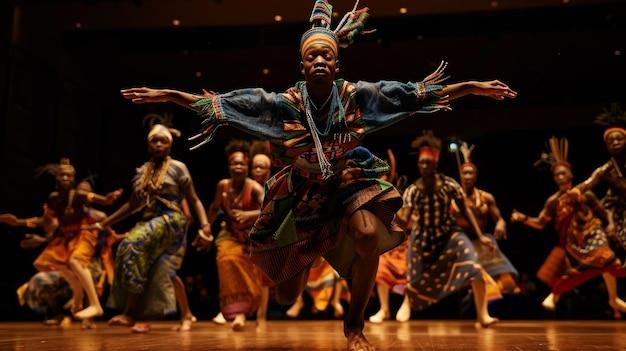Unlock the Rhythm: Exploring Ghana’s Vibrant Dance Heritage
Meta Title: Ghana’s Dance Heritage: Unlocking the Rhythm of African expression
meta Description: Discover the extraordinary dances of Ghana, a vibrant tapestry of traditions, rhythms, and cultural importance. From the energetic Agbadza to the captivating Adowa, immerse yourself in the vibrant dance heritage of this west African nation.
Introduction
Table of Contents
Ghana, a vibrant tapestry of cultures, boasts a rich dance heritage that has captivated the world. From traditional rituals to contemporary expressions, Ghanaian dance embodies the nation’s history, beliefs, and unwavering spirit. In this extensive guide, we delve into the mesmerizing world of Ghanaian dance, exploring its rhythms, traditions, and cultural significance.
Ghana’s Dance Regions
Ghana’s diverse dance heritage reflects the cultural tapestry of its regions:
| Region | Notable Dances | Characteristics |
|—|—|—|
| Ashanti | Adowa, Kete | Majestic, elegant |
| Ewe | Agbadza, Kpanlogo | Energetic, acrobatic |
| Ga-Adangme | Klama, Kpalongo | Lively, percussive |
| Fante | Bakatue, Fancy Dress | Ceremonial, colorful |
| Dagomba | Kaakome, Bogobiri | rhythmic, communal |
Notable Dances of Ghana
Adowa
Hailing from the Ashanti region, Adowa is an iconic dance characterized by stately movements and intricate footwork. Performed by men and women in traditional attire, it exudes grace, elegance, and cultural pride.
Agbadza
Agbadza, originating from the Volta region, is an energetic dance performed by the Ewe people. Known for its vibrant rhythms,acrobatic jumps,and storytelling elements,it embodies the spirit of celebration and ancestral connection.
kpanlogo
Kpanlogo,from the Ga-Adangme region,is a lively dance known for its percussive sounds and synchronized movements. Performed by large groups, it showcases intricate footwork, call-and-response vocals, and an infectious energy.
Benefits of Ghanaian Dance
Embracing Ghanaian dance offers numerous benefits:
Cultural Immersion: Dance connects individuals to the rich traditions and cultural heritage of Ghana.
Physical Well-being: The energetic nature of Ghanaian dance promotes cardiovascular health, flexibility, and coordination.
Emotional expression: Dance provides an outlet for self-expression, emotional release, and connection with others.
Social Harmony: Group dance performances foster a sense of community and strengthen social bonds.
Practical Tips for Ghanaian Dance
to experience the joy of Ghanaian dance firsthand:
Attend Dance Classes: Enroll in workshops or classes offered by cultural centers or dance schools.
Participate in Festivals: Ghana hosts numerous dance festivals throughout the year, providing opportunities to witness authentic performances.
Immerse Yourself: Travel to Ghana and interact with local dance groups to gain a deeper understanding of the cultural context.
Case Studies: ghanaian Dance in the Global Spotlight
Dance Africa: This annual New York City festival showcases global African dance, including Ghanaian performances.
TedXtGhana: Ghanaian dance has graced the stage of TED, highlighting its cultural value and international appeal.
Ananse arts and Culture: This organization promotes Ghanaian dance through workshops, performances, and educational programs worldwide.
first-hand Experience
Personal Testimony: “embracing Ghanaian dance has opened my eyes to the richness of its culture. The rhythms, movements, and stories it conveys have profoundly connected me to Ghana’s vibrant heritage.” – Emily,American dance enthusiast
Conclusion
Ghana’s dance heritage is a captivating tapestry of cultural expression,rhythmic brilliance,and social harmony. From the majestic Adowa to the vibrant Kpanlogo, each dance showcases the unique spirit of the Ghanaian people. Whether experienced through classes, festivals, or cultural encounters, the rhythm of Ghanaian dance invites us all to embrace the joy, beauty, and interconnectedness of human expression.

